Urgent Notice
Hestercombe will be closed all day on Tuesday, December 16th, while the National Grid completes local high-voltage work across the estate. Sorry for any inconvenience this may cause.
Hestercombe will be closed all day on Tuesday, December 16th, while the National Grid completes local high-voltage work across the estate. Sorry for any inconvenience this may cause.
The Hestercombe archives are bursting at the seams with facts, pictures and accounts of the history of Hestercombe and those who lived and worked here. In this installment of Memories of Hestercombe, we delve into the second part of the religious heritage of the former owners of the Hestercombe estate over the past 700 years.
Written by Kim Legate, Senior Archivist
The site of the building is a picturesque slope well sheltered from the north and east by high ground covered with firs, and is approached by an avenue of apple trees, the church standing in a space cleared for it at one end of an orchard, the road leading to Bridgwater passing between the building and the high ground which shelter both. (‘Opening of a New Church at Hestercombe’, Somerset County Gazette, 11 January 1896.)
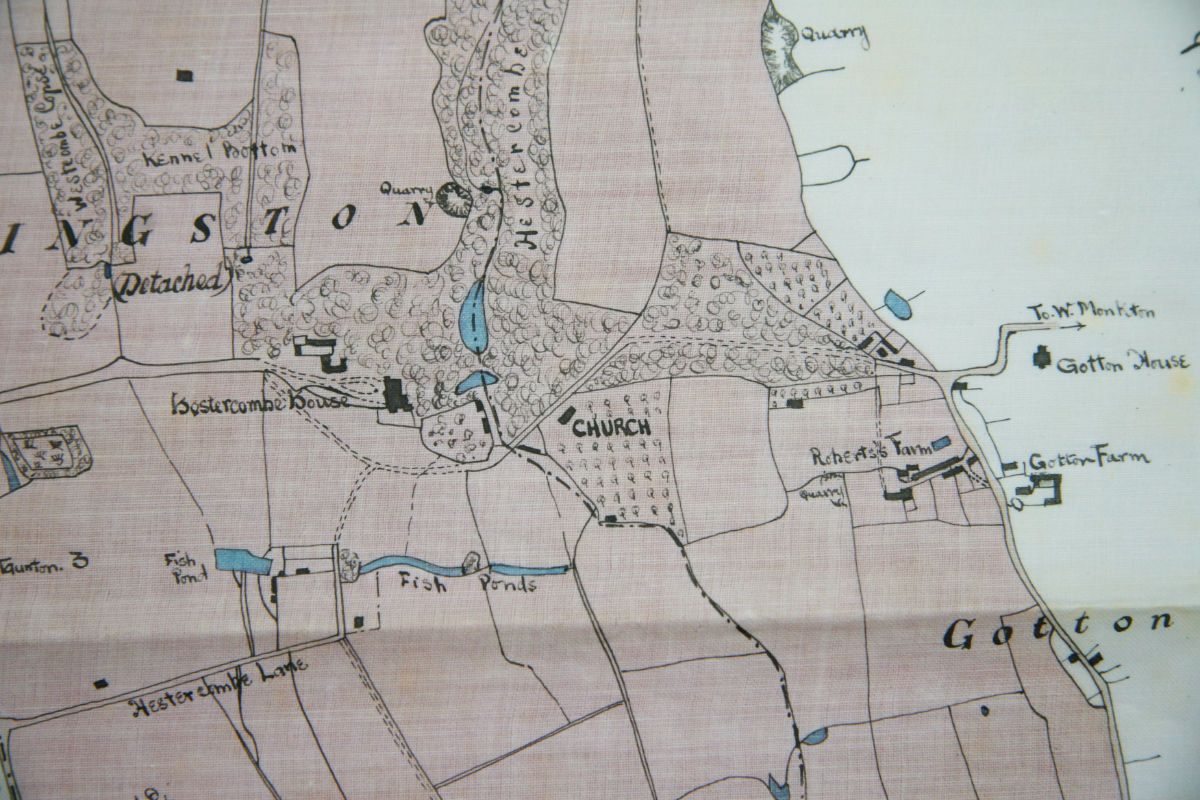
Fig. 1 - Church. St Mary's Hestercombe on 1896 plan
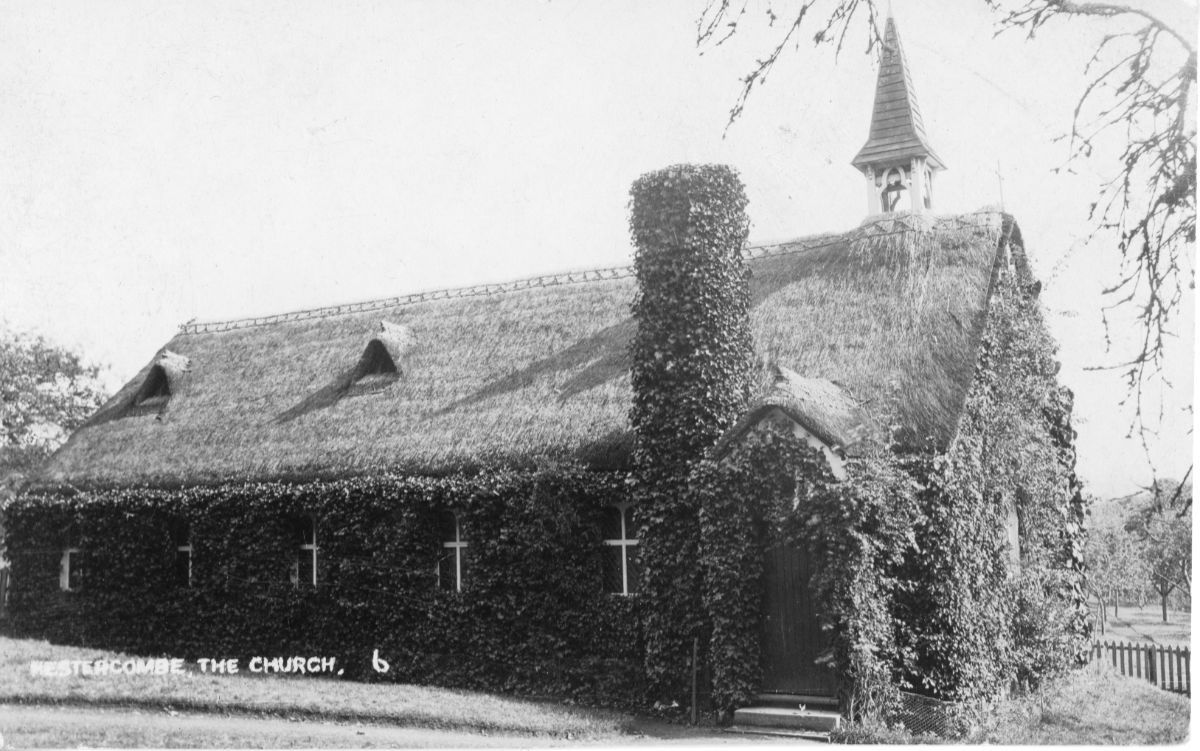
Fig. 2 - Church of St. Mary's Church Hestercombe c.1908
On 7 December 1895, Thomas Eustace Vesey, the youngest of Mrs. Portman’s three surviving sons by her first husband, Captain the Honourable Eustace Vesey of the 9th Lancers, laid the foundation stone for a new church that was being erected by his stepfather, E. W. B. (‘Teddy’) Portman, ‘for the use of his family and household and residents on the Hestercombe Estate’. Designed by the noted ecclesiastical architect, Sidney Gambier Parry (1859-1948), of 34 Victoria-street, Westminster, and built by Messrs. Humphreys of Knightsbridge, the Church of Saint Mary’s was part of a wider programme of estate building and improvement that Teddy Portman had initiated just prior to taking up permanent residence at Hestercombe in December 1894. ‘Extensive additions’ to the House were followed in short order by a new range of Bolton & Paul glasshouses (1895), a well-appointed Keeper’s Cottage with coach house and kennels (c.1898), a state of the art Dynamo House with hydroelectric turbine (1895), two new entrance lodges (c. 1896 & c.1906), a model dairy (c.1906), and a cricket pitch ‘as good as a county ground’ (c.1895), to name but a few. The cost of the improvements was not disclosed, but by 1908 the Hestercombe ‘Insurances’ had been amended to include £600 for the church building (£71,000 today), £250 for the furniture (£30,000 today) and £150 for the organ (£18,000 today).
From the beginning, Saint Mary’s Church Hestercombe played an important role in estate life. The modest 60 by 20 ft. (18 by 6m) building stood, not in front of the House as the Warre family chapel had up until the late 1760s, but out of sight of the main approach at one end of an orchard situated just east of the estate saw mill and south of the ‘old road’ to Gotton. (Figs. 1-2).
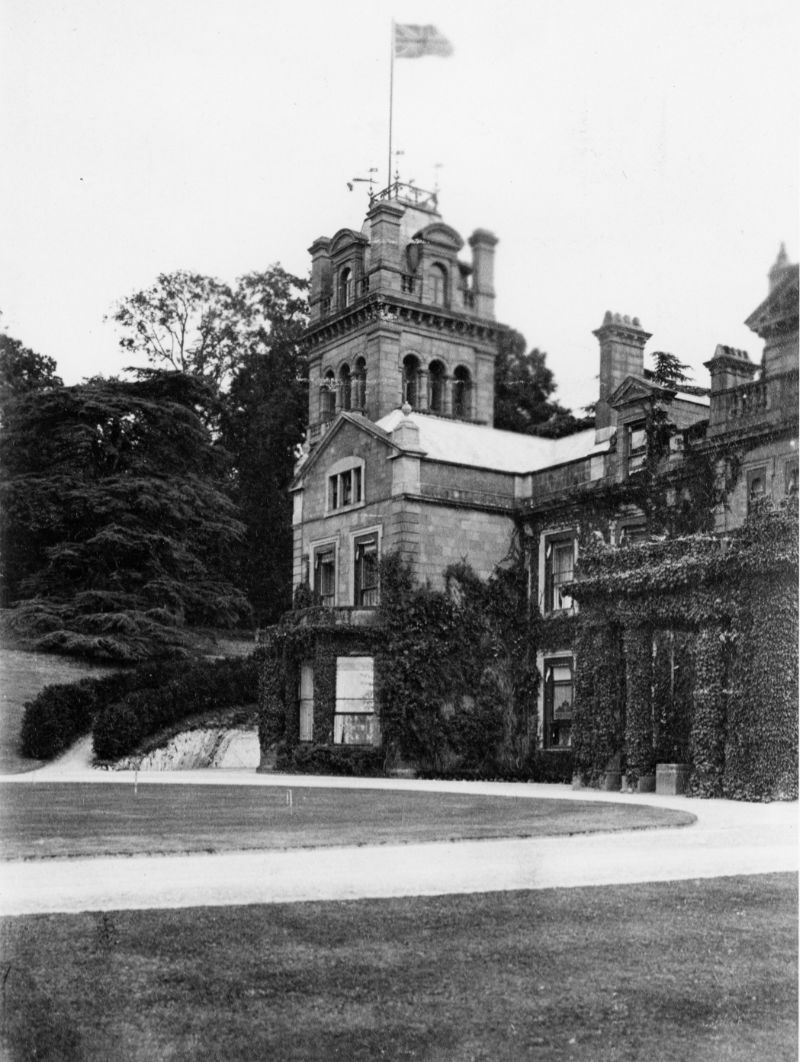
Fig. 3 - Hestercombe House w. Yew Walk c.1906
From the west front of Hestercombe House, the new church could be approached along a yew-lined footpath that climbed the sloping ground behind the mansion, providing much-needed shelter from the prevailing southwest winds (Fig. 3). Formed of timber framing overlaid with galvanized iron, Saint Mary’s was roofed with thatch and mounted on substantial foundation walls of brick and stone. (The last, like the foundation stone, was from the Hestercombe quarry.) A bell tower featured on the west end, ‘in which hangs one of Messrs. Mears and Stainbank’s hemispherical bells’ and a brick porch identified the main entrance which lay on the northwest corner, providing ready access to a vestibule, beyond which lay the vestry furnished with, amongst other items, ‘a large press and a convenient table made of cedar wood from a large cedar which stood for a great number of years near Hestercombe House’. No expense was spared in furnishing the Portman church (Fig. 4). In the nave, open framed benches by Messrs. Hammer of the Strand, London, provided seating for 110, a custom-made organ by Messrs. Wordsworth of Leeds afforded a rich tonal accompaniment to the hymns that were sung with such gusto every Sunday, and a stone baptismal font with oak base by Messrs. Pratt, Tavistock-Street, Covent Garden, was in place to smooth the induction of estate workers children into the Christian Church. Evening services were made possible by wrought iron hanging and bracket lights (Messrs. Jones & Willis, London) powered by the Estate’s recently installed hydroelectric turbine whilst a Messrs. Musgrave stove ensured that each member of the congregation worshiped in comfort no matter what the weather.
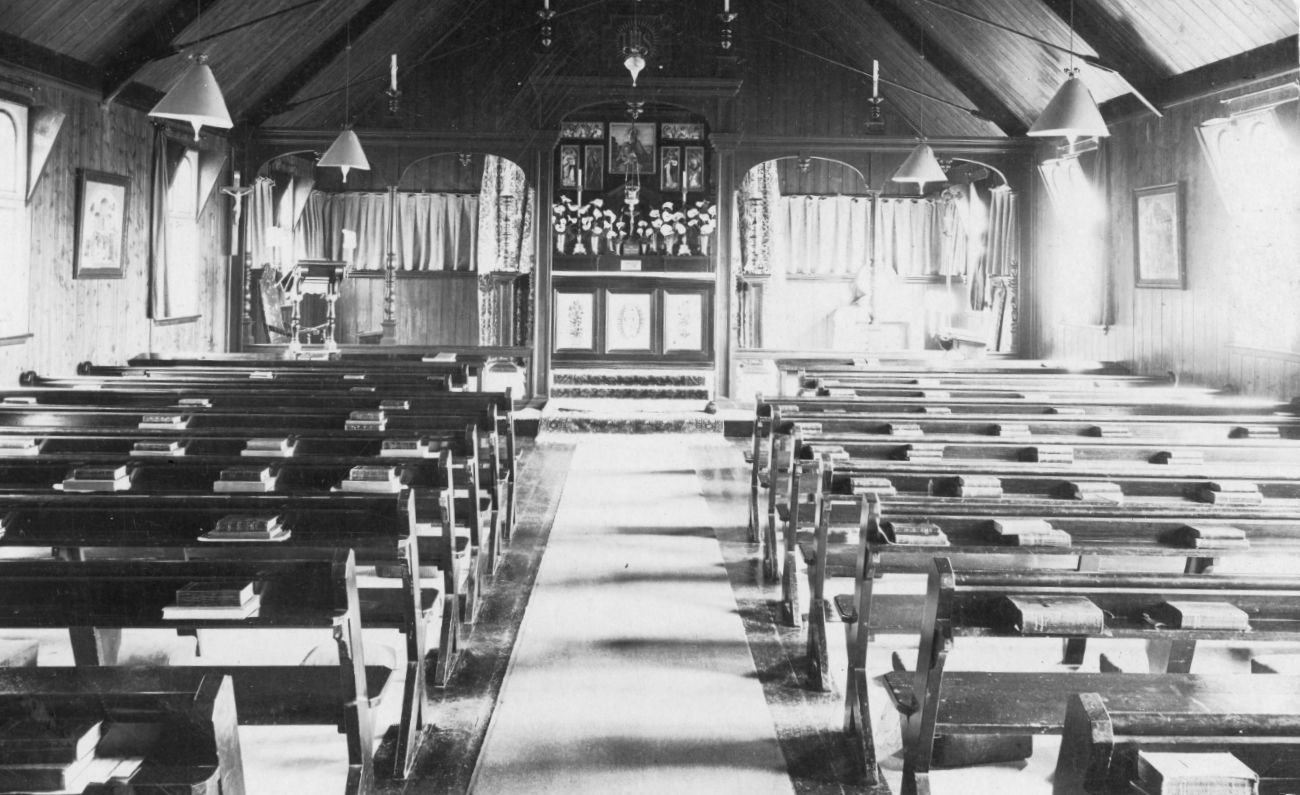
Fig. 4 - Interior St Mary's Church Hestercombe c.1908
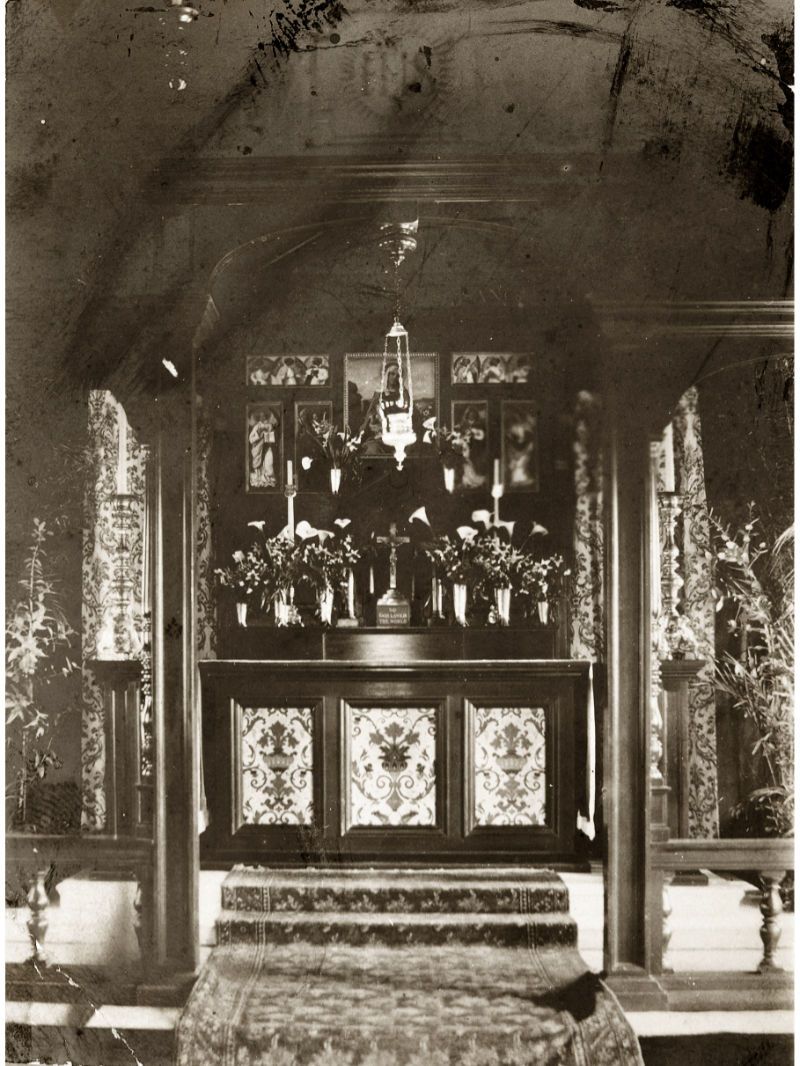
Fig. 5 - The Altar, St Mary's Church Hestercombe c.1908
The showpiece of Saint Mary’s Church Hestercombe was undoubtedly the raised sanctuary that dominated the building’s east end. Separated from the main seating area by a screen of five arched openings executed in Kauri pine and resting on a walnut rail underpinned by turned posts (Messrs. Howard and Son, Bath), it was overlooked by four large wooden candlesticks and contained an altar by Messrs. Lawrence and Thompson of Taunton (Fig. 5). Walnut was also the chosen material for the altar which was stained green, elevated above the floor of the sanctuary by two steps and further distinguished by three elaborately embroidered panels. A pair of exceptional recently restored 18th century brass Flemish candlesticks 30 inches high (0.8 m) sat on wooden piers positioned either side while smaller versions stood on the altar table amongst six glass vases by Messrs. Powell of Whitefriars. The larger candlesticks were donated by the employees of Hestercombe House and grounds. A background of panelling and paintings further embellished the altar, which was framed by drapes of stamped velvet, the walls within the screen being otherwise ornamented with half drapes of pale blue. Centred on the middle and largest opening in the altar screen, but still within the sanctuary, hung a brass Venetian sanctuary lamp, the gift of the Hon. R. T. Lawley CB (1856 - 1918) of the 7th Hussars, the second oldest of Mrs. Portman's five brothers, who had recently returned from a tour of duty in the Sudan. A prayer desk and lectern/pulpit (Messrs Hammer), both raised, were evident on the south and north sides of the church respectively outside of the altar screen.
The Church of St. Mary’s Hestercombe was officially opened at 3:00 pm on the feast of the Epiphany (6 January). The Lord Bishop of Bath and Wells (Dr. Kennion) dedicated the church to St. Mary the Virgin ‘and gave a short and appropriate address on St. Matthew ii., 11’. Assisting the Bishop were the Rev. Preb. Askwith, Vicar and Rural Dean of Taunton and the Rev. Severne Majendie, M.A., the newly licenced chaplain of St. Mary's who read the lessons. Mrs. Portman played the organ and took receipt of a magnificent bound book that was jointly presented for use on the altar by her three sons: Ivo, Osbert and Thomas Vesey. Also present in the church for the dedication service were Lady Wenlock (Mrs. Portman’s aunt, Lady Constance Mary Lawley ), Mrs. Kennion, Rev. A. G. Tomlin, vicar of Kingston, Mrs. Finch-Hatton, Mr. and Mrs. Gambier Parry, and Mrs. F. C. Kingslake.
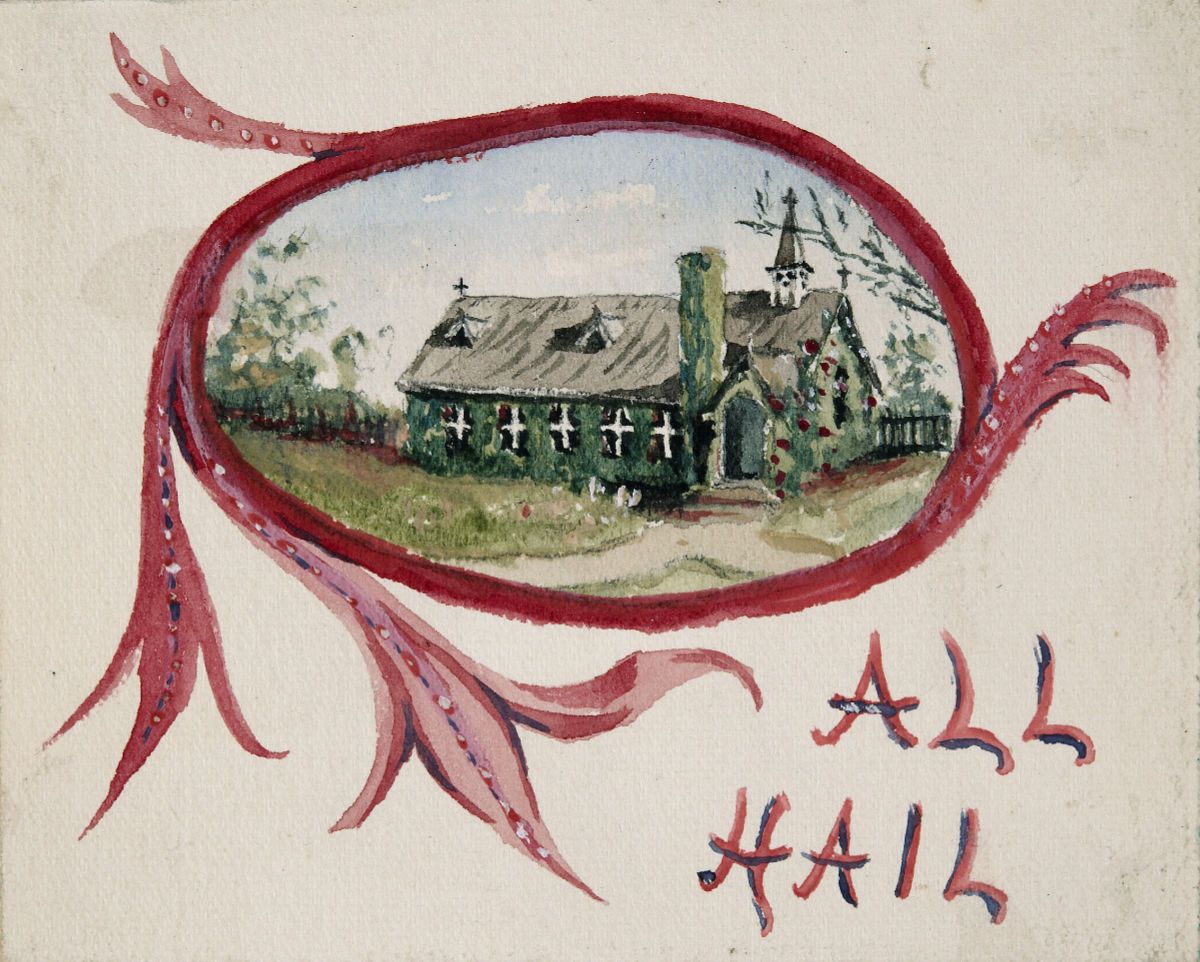
Fig. 6 Watercolour of c.1894 found in Mrs. Portman's prayer book
The Chapel was so pretty surrounded by wildflowers . . . it was in the Orchard. Harvest Festivals and everything were held there.’ {Interview: Margaret Ford by Kim Legate 18 August 2009}
An extremely devout individual, Mrs. Portman played a prominent role in the twice-weekly services that were held at St. Mary’s. Estate employees, who by 1911 numbered over 70, were expected to attend with their families each Sunday at either the 9:00 am or the 6:00 pm services wearing their livery. Mrs. Portman reportedly stood on a stool to toll the bell and ‘was very keen that people who lived on the place should attend the services. If you didn’t go, you got reckoned up!’, recalled Andy Thomas, Head Gardener 1951-56. Margaret Ford, Thomas’s daughter, remembered the services as following a well-ordered pattern: ‘We all had special seats to sit in and Mrs. Portman always played the organ’ (located at the opposite end of the Church to the raised altar). You could hear her coming in with all her bracelets rattling.’ Mrs. Portman’s personal leather-bound prayer book, The Treasury of Devotion: a manual of prayer for general and daily use (1869) survives to this day. Edited by noted Church of England cleric, Thomas Thelluson Carter (1808-1901), it bears the date (written inside the front cover) of 18 August 1894 and contains, among the many prayers and hymns in her own hand, a charming watercolour painting of her much-cherished Church of St. Mary’s (Fig. 6).
It is hereby agreed by the Rector of West Monkton in which parish the said Church is situated the Vicar of Kingston and the Chaplain of Hestercombe for the time being with the approval of the Honorable Edward William Berkeley Portman and the Lord Bishop of Bath and Wells that the Chaplain shall visit ministerially residents upon the Hestercombe Estate and occupants of houses belonging to the Honorable Edward William Berkeley Portman . . .In the event of parents living on the Estate or occupying houses belonging to the Honorable Edward William Berkeley Portman wishing a child to be Baptized at Saint Mary’s Hestercombe the Chaplain is expected to give due notice beforehand to the Incumbent of the Parish in which the Child’s parents are living . . . In the case of relations wishing that a funeral service should be conducted by the Chaplain in the Church Yard of West Monkton or Kingston the Chaplain will obtain permission from the Incumbent of West Monkton or Kingston respectively . . . {Agreement concerning baptism and burial services 1896, SCRO D\P\west.m/2/9/6}
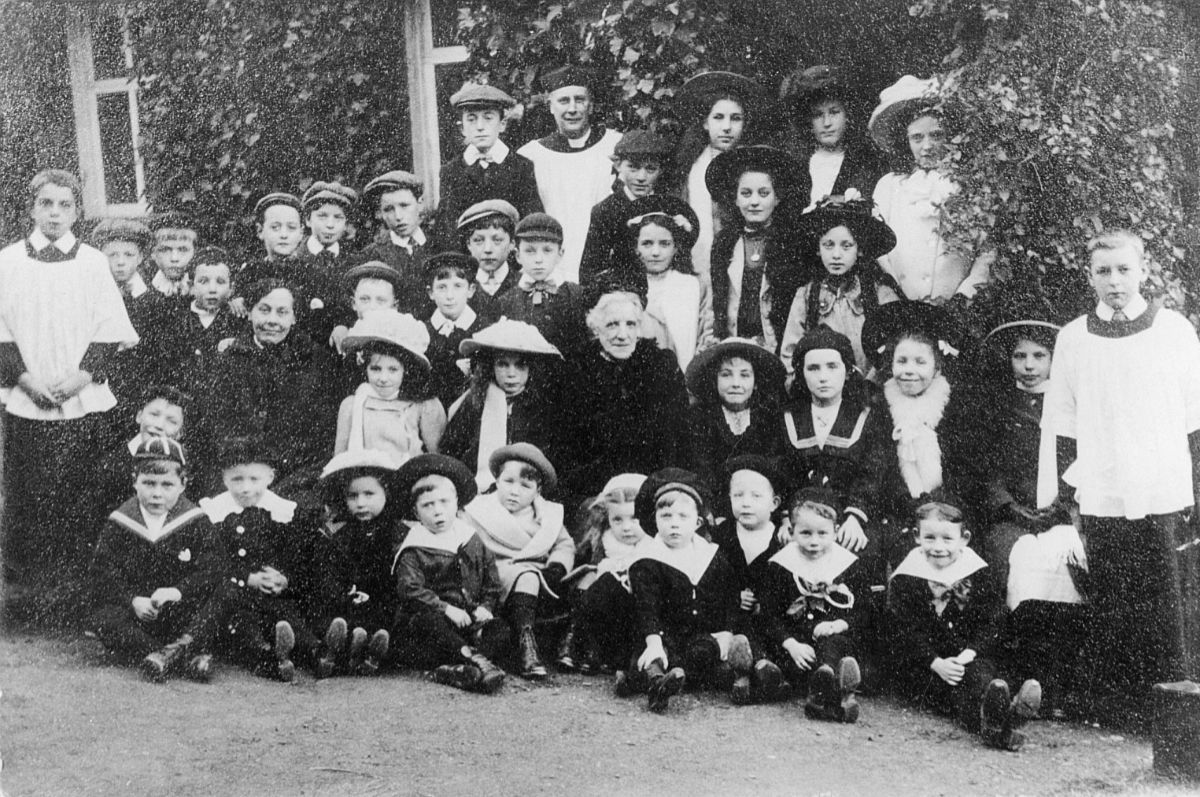
Fig. 7 - Hestercombe Sunday School 1908 - Miss Robinson is kneeling centre second row from the front
Saint Mary’s was the scene of many important occasions in the lives of the residents of the Hestercombe estate and their families, the majority of them happy ones. The porch was always decorated for holidays (Harvest Festival, Xmas, Easter), there was a popular Sunday School ‘for the little ones’ organized by Elizabeth Mary Robinson, Mrs. Portman's devoted friend and longtime lady's maid (Fig. 7), and from early 1896 many of the children of estate workers were baptized in the Hestercombe chapel. Margaret Ford (Thomas) remembers being christened there the same day as Margaret Bradbury, the middle daughter of Claude Bradbury, Mrs. Portman’s butler of almost 40 years; Margaret Mary Butters, daughter of Charles Henry Butters, Hestercombe Head Gamekeeper 1907-1917, was anointed on Sunday 7 Aug. 1910. In total eighteen children were christened by the Hestercombe chaplain during the first five years of Saint Mary’s existence, the majority of them by W. E. Blythe and T. L. Walton.
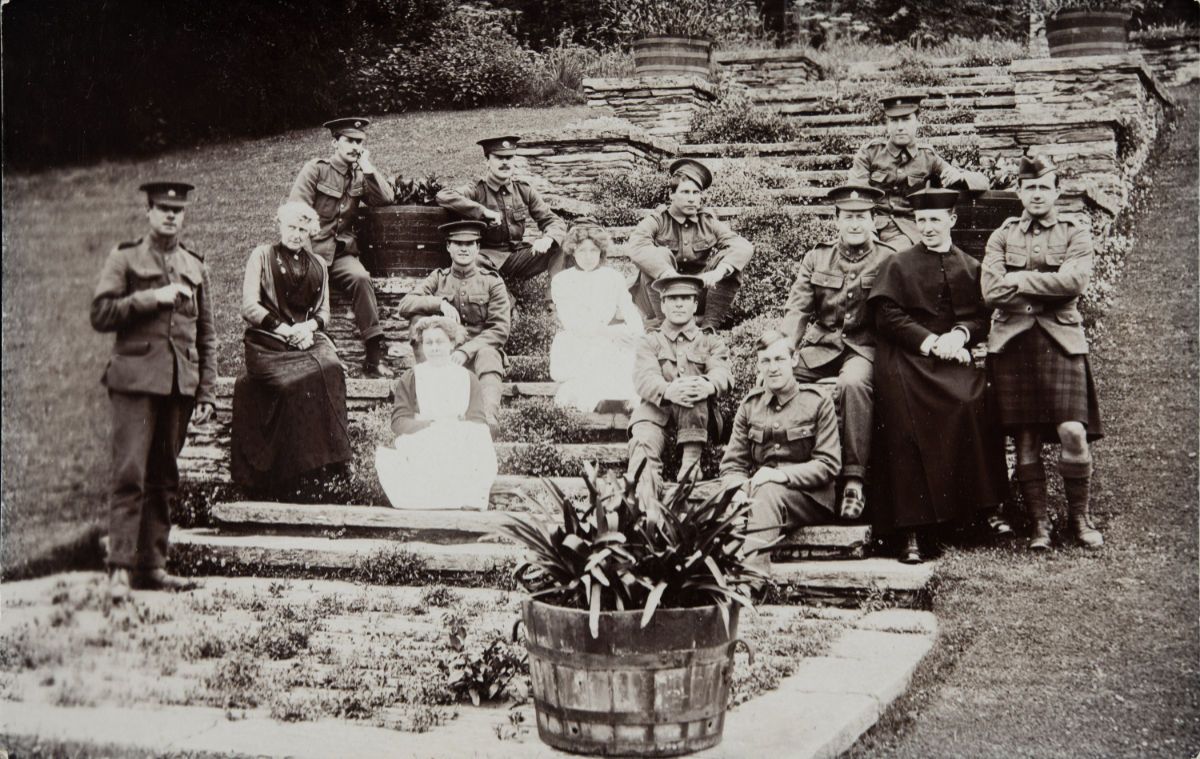
Fig. 8 - Chaplain, Rev. J. Wilson Steele with soldiers on Daisy Steps c.1914
But the little ivy-clad church was the scene of darker moments as well. When Teddy Portman died prematurely of double pneumonia in April 1911, a memorial was put up to him in Saint Mary’s, Hestercombe, although the main service took place in the Church of the Blessed Virgin Mary, Cheddon Fitzpaine, which could better accommodate the large number of mourners that attended. Prior to her internment in Cheddon Fitzpaine, Elizabeth Robinson, who passed away in November 1913, was placed on view in Saint Mary’s to allow her many friends and co-workers to pay their last respects: ‘At the early Eucharist her body was laid before the Altar, and her soul was remembered before God, that it might “rest in peace in the Paradise of the Blest.” There in the peaceful Church it remained, “watchers” being appointed for every half hour until the time for the Funeral.’ At 1: 45 pm a procession bore the coffin on a light wagon to Cheddon Fitzpaine Church for the main service and burial. Among those in attendance were the Sunday-school children from St. Mary's Church. At the Advent service held at Saint Mary’s the following Sunday the Rev. F. Francis Forth reminded his congregation that ‘Her work was marked by an intense love: (1) for the children and (2) for God’s house. The intense love was, however, combined with the strictest discipline. Not one child was allowed to do anything which was not in accordance with what she believed to be right in God’s house. The consequence was, that the children both loved her and feared her – but love was certainly uppermost in their hearts.’ (Church Magazine, 'In Memoriam, Elizabeth Mary Robinson -- Aged 73')
"I remember well how, when I came to St. Andrews (Taunton) in 1947, I was faced with a very large and run-down parish, & no curate . . . and no car. You can perhaps imagine how I thought when I was told that I was expected to take services for an old lady in her private chapel, which was not even in my parish!! But I am glad now that I decided that it was right to carry on the tradition especially as Mrs. Portman was coming to the end of her days & had been extremely kind to St. Andrews. She was a wonderful person to have known." {The Revd. Prebendary J. Du B. Lance to Audrey Mead, 19 Feb. 1984}

Fig. 8 - Chaplain, Rev. J. Wilson Steele with soldiers on Daisy Steps c.1914
The Hestercombe estate had its own chaplain for many years. As indicated earlier, the Revd. Severne Andrew Ashhurst Majendie, MA, was the first to perform baptisms on the property after the Church of Saint Mary was licenced for the purpose in January of 1896. (The privilege came with a generous yearly stipend of 100 pounds!) Perhaps as a sign of his status on the estate, the Rev. W. E. Blythe was among the thirteen men of the cloth who were granted a place on the exclusive 200 strong guest list that was drawn up for the now famous Hestercombe fete of January 1897 (see widely acclaimed blog, ‘From the Archives: Memories of Hestercombe – The Grand Ball of January 1897’). Along with eight other eminent clergy, including the Bishop of Bath and Wells (Dr. Kennion), the Rev. T. Francis Forth assisted with Teddy Portman’s funeral service on 1 May 1911 in the Church of the Blessed Virgin Mary, Cheddon Fitzpaine. Mrs. Forth presided at the organ. The Rev. Forth also took part of the service at Elizabeth Mary Robinson’s internment at Cheddon two years later. During the Great War, it was the Rev. J. Wilson Steele who provided comfort and support to wounded soldiers staying at Hestercombe House before his appointment to the Army Chaplin’s Department in December 1917 as Temporary Chaplain to the Forces, 4th Class, Roman Catholic. (Fig. 8)
From the early 1900s, the Portman chaplain lived comfortably in the Parsonage, now ‘The Gables’, a sizeable five-bedroom residence on the estate that is still in situ on the north side of the West Monkton Road, just east of Kirklands. The last estate employee to reside there was Claude Bradbury, Mrs. Portman's loyal butler, who died in 1968.
The Taunton & Somerset Hospital should have my Church and certain Church furniture or ornaments including Organ and to ensure by agreed conditions that these should remain where the present Hospital authorities wish and not be moved elsewhere by direction of any higher authority. {8th codicil, will of Constance Mary Portman, 2 September 1947}
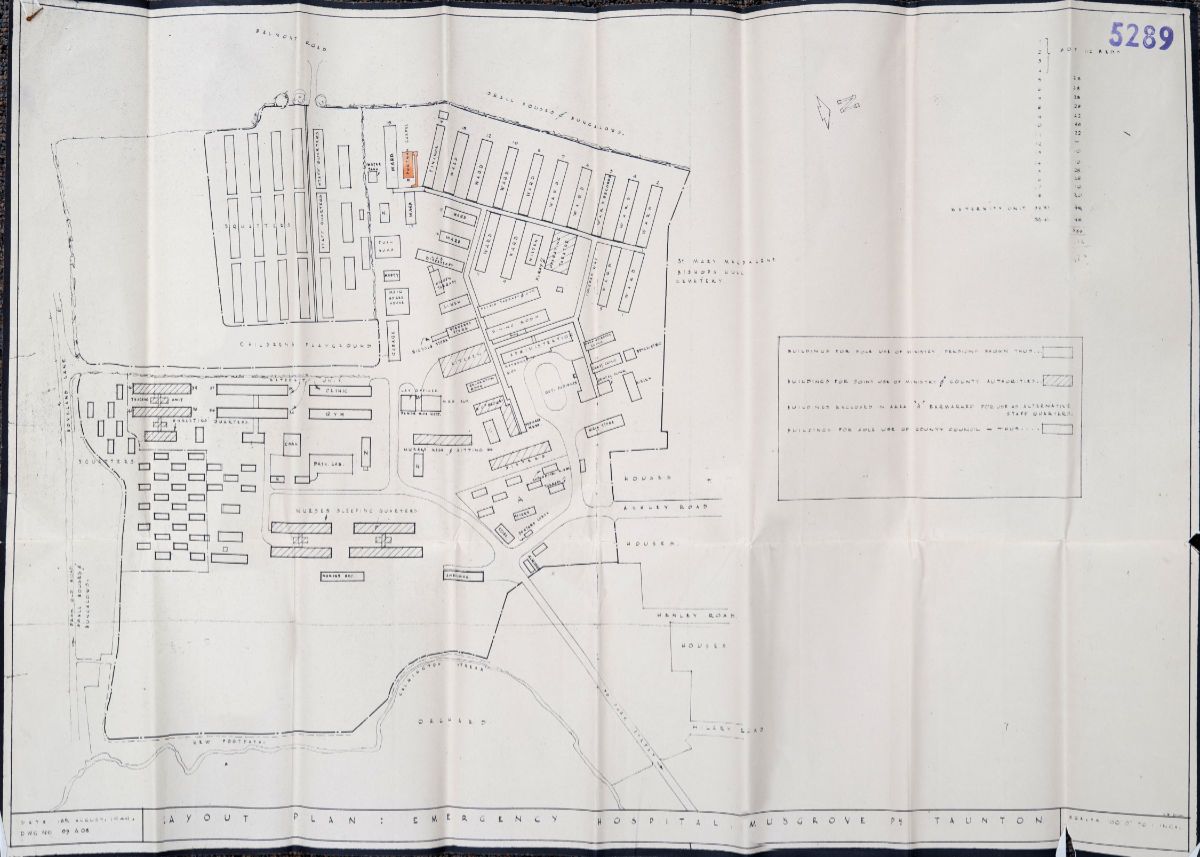
Fig. 9 - Site Plan 18 Aug 1949 re Musgrove Park Hospital chapel relocation
In later years clergy from St. Andrews, Taunton, officiated at Hestercombe services, first Rev. Ruck and then Rev. du Lance. However, by the time of Mrs. Portman’s death in May 1951 only a Morning Service was being offered and attendance was on the decline. In accordance with her last wishes, as expressed in her will, the Taunton Hospital Management Committee later undertook to dismantle and re-erect the Church of Saint Mary’s, Hestercombe, on a new location in the grounds of Musgrove Park Hospital, Taunton, complete with nearly all of its furniture and fittings (even the bell). ‘I went to see it at Musgrove and it was exactly the same as I remembered it’, recalled Margaret Ford in 2009. The site chosen was apparently arrived at in consultation with Mrs. Portman. A recently discovered ‘Layout Plan: Emergency Hospital Musgrove Park, Taunton’, bearing the date 18 August 1949 (nine months before her death), shows the little church in its new home between Ward 18 and Finance, now the Children’s Wards/Assessment Units, in the southwest corner of the site above the Galmington Playing Fields. (Fig. 9). The move was completed in the autumn of 1953. Project managers Steer and Shirley-Smith, Chartered Architects and Surveyors, Taunton and Bridgwater, undertook the necessary design work, which largely consisted of a new window-lined brick corridor with an octagonal lobby to connect the Portman Chapel with the adjoining wards. (Fig. 10)
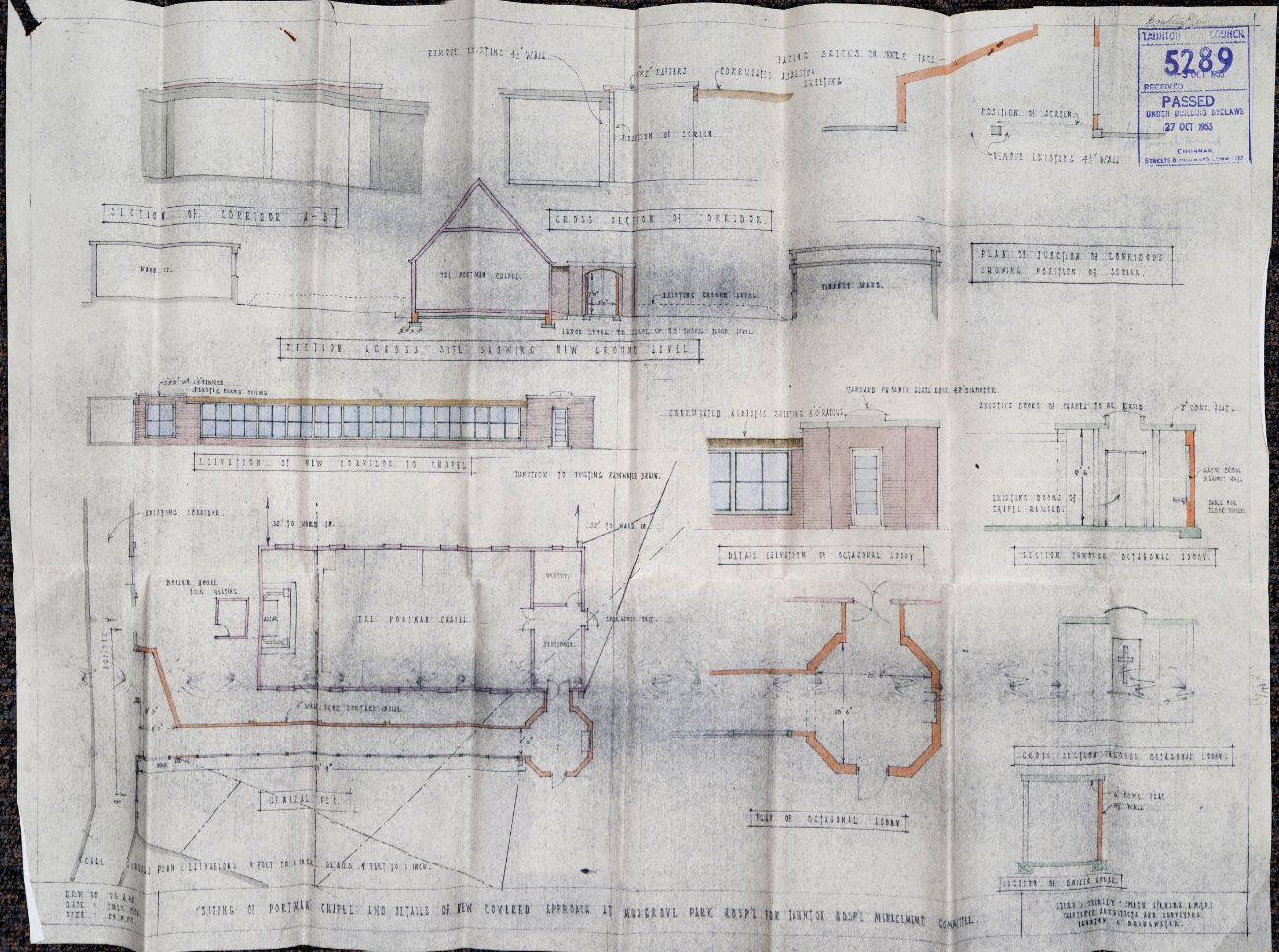
Fig. 10 - Siting of Portman Chapel July 1953
The Taunton firm of Stansell carried out the building work, re-erecting Saint Mary’s on a new brick foundation, reusing the chapel’s original doors in the octagonal lobby, and building a boiler house to heat the diminutive 1,475 sq. ft (137 square m) structure. Sadly, the little church was to be taken down a second, and final, time in 1995 to make way for additions to the growing Hospital. A new smaller chapel was created in its place on Level 1 of the present-day Duchess Building, using a much reduced altar that may have originated in the Hon. Mrs. Portman's private Prayer Room in the basement of Hestercombe House. The fate of the original church furnishings that were relocated to Musgrove Park in 1953 remains a mystery.
Find out more about Hestercombe’s history, or pay us a visit and explore our estate.
